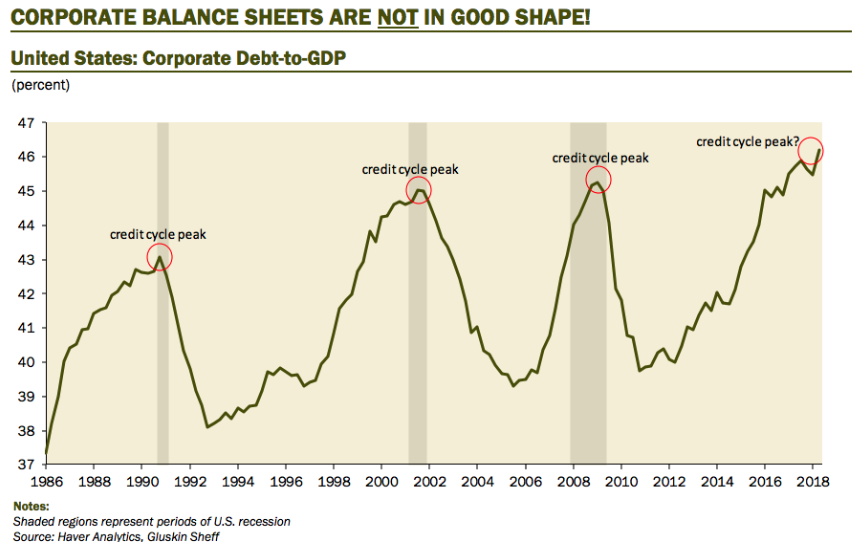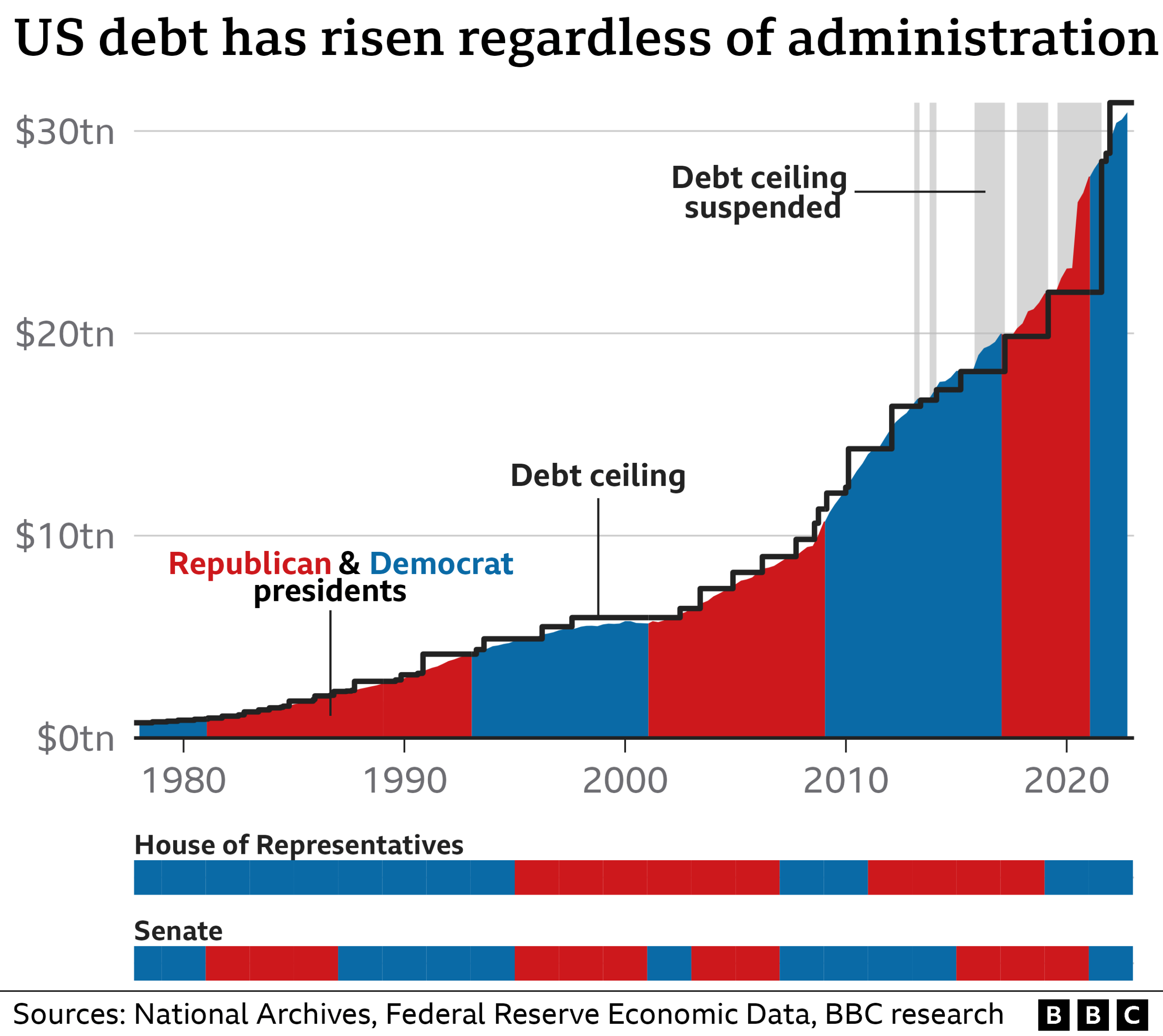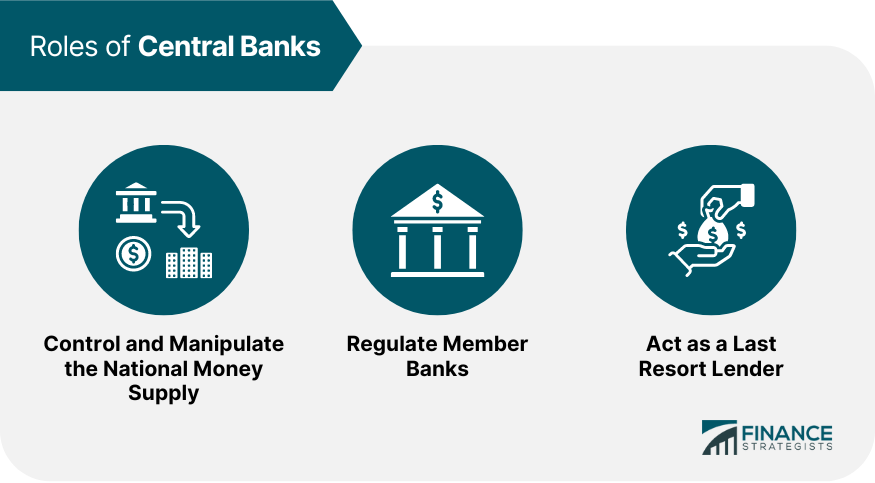
Can AI Predict the Next Economic Crisis? Unpacking the Promise and Peril of Artificial Intelligence in Economic Forecasting
The idea of predicting the future has captivated humanity for millennia. From ancient oracles to modern meteorologists, the ability to foresee what’s coming next offers immense power and security. In the complex world of finance and economics, the stakes are incredibly high. An unexpected economic crisis can devastate businesses, wipe out savings, and lead to widespread unemployment.
Enter Artificial Intelligence (AI) – a technology that has revolutionized countless industries. With its ability to process vast amounts of data, identify complex patterns, and learn over time, AI seems like the perfect candidate for economic crystal ball gazing. But can AI truly predict the next economic crisis? Let’s dive deep into the exciting potential and significant limitations of AI in economic forecasting.
Understanding Economic Crises: Why Are They So Hard to Predict?
Before we look at AI, it’s crucial to understand what makes economic crises so notoriously difficult to predict:
- Complexity: Economies are intricate webs of interconnected markets, industries, and human behaviors. A change in one area can have ripple effects across the entire system.
- Human Behavior: People don’t always act rationally. Fear, greed, panic, and speculation can drive market movements in unpredictable ways, often detached from fundamental economic indicators.
- "Black Swan" Events: These are rare, unpredictable events that have severe consequences (e.g., a global pandemic, a sudden geopolitical conflict, a natural disaster). They are, by definition, almost impossible to forecast.
- Data Lag: Many official economic statistics (like GDP, inflation) are released with a delay, meaning we’re often looking at the past, not the real-time present.
- Adaptive Systems: Economic systems adapt. Once a pattern is identified, people or institutions might change their behavior, making past patterns less reliable for future predictions.
How AI Works in Economic Prediction (Simplified)
At its core, AI in economic forecasting involves feeding vast amounts of data into sophisticated computer programs (algorithms) that learn to identify relationships and make predictions. Here’s a simplified breakdown:
-
Big Data Collection: AI systems can ingest a staggering variety of data, far beyond what humans can process:
- Traditional Economic Data: GDP, inflation rates, interest rates, unemployment figures, stock prices, bond yields, trade balances.
- Financial Market Data: Real-time trading data, company earnings reports, credit ratings.
- Alternative Data: Satellite imagery (e.g., tracking retail parking lot activity), shipping movements, social media sentiment (tweets, news articles), web search trends, credit card transactions, job postings.
- Geopolitical Data: News articles about conflicts, policy changes, international agreements.
-
Machine Learning Algorithms: This is the "brain" of AI. Machine learning algorithms are trained on historical data to find patterns. They can identify:
- Correlations: How different economic variables move together.
- Anomalies: Unusual deviations from normal patterns that might signal trouble.
- Predictive Models: Equations or rules that can forecast future values based on current and past data. Common types include neural networks, support vector machines, and decision trees.
-
Predictive Analytics: Once trained, the AI model can analyze new, incoming data and generate forecasts or early warnings about potential economic shifts or crises.
The Promise: How AI Could Help Predict Economic Crises
The capabilities of AI offer several compelling advantages in the quest for better economic predictions:
- Processing Massive Data Sets: AI can analyze petabytes of data from diverse sources in fractions of a second – a task impossible for humans. This allows for a more holistic view of the economy.
- Identifying Subtle Patterns: AI can detect weak signals or complex, non-linear relationships that are too subtle for human analysts to notice. These could be early indicators of stress in the system.
- Real-Time Monitoring: Unlike traditional economic reports that have a time lag, AI can continuously monitor real-time data streams (like financial market data, news feeds, social media) to provide up-to-the-minute insights.
- Reducing Human Bias: AI models, when designed correctly, are less susceptible to cognitive biases, emotional reactions, or political influences that can cloud human judgment.
- Scenario Simulation: AI can run countless "what-if" scenarios, simulating the potential impact of various economic shocks or policy changes, helping policymakers understand risks and build resilience.
- Early Warning Systems: By constantly looking for anomalies and deviations from normal patterns, AI could potentially act as an early warning system, alerting authorities to potential dangers before they escalate into full-blown crises.
Examples of AI’s Potential Applications:
- Credit Risk Assessment: AI can analyze vast amounts of borrower data to predict default probabilities more accurately.
- Market Sentiment Analysis: AI can scour news and social media to gauge investor mood, which often precedes market shifts.
- Supply Chain Disruptions: AI can track global trade flows and identify bottlenecks that could impact inflation or production.
The Challenges & Limitations: Why It’s Not a Crystal Ball
Despite its impressive capabilities, AI is far from a perfect solution for predicting economic crises. Significant challenges and limitations remain:
- "Garbage In, Garbage Out" (GIGO): AI models are only as good as the data they are fed. If the data is incomplete, biased, inaccurate, or irrelevant, the AI’s predictions will be flawed. Economic data often suffers from these issues.
- The "Black Swan" Problem: AI learns from historical data. It struggles to predict truly novel, unprecedented events that have no historical precedent. A global pandemic or a sudden technological leap falls into this category.
- Human Behavior & Irrationality: Economic crises are often driven by collective human psychology – fear, panic, and speculative bubbles. These emotional components are incredibly difficult for AI to model accurately, as they don’t always follow logical, data-driven patterns.
- The "Black Box" Problem (Interpretability): Many advanced AI models (especially deep learning neural networks) are complex "black boxes." They can make accurate predictions, but it’s often difficult for humans to understand why a particular prediction was made. This lack of transparency can make it hard to trust the AI’s warnings or to explain them to policymakers.
- Overfitting: AI models can sometimes "overfit" to historical data, meaning they learn the noise and specific quirks of past data rather than the underlying general patterns. This makes them perform poorly when encountering new, slightly different situations.
- Ethical Concerns & Bias: If the historical data contains biases (e.g., reflecting past discriminatory lending practices), the AI model will learn and perpetuate those biases, potentially leading to unfair or inaccurate predictions.
- The Self-Fulfilling Prophecy Risk: If an AI predicts a crisis with high confidence, and this prediction becomes public, it could trigger panic, leading to the very crisis it predicted. This feedback loop is a unique challenge for economic forecasting.
- Data Scarcity for Crises: Thankfully, severe economic crises are relatively rare events. This means AI models have limited examples of "crisis data" to learn from, making it harder to train robust prediction models.
Current Applications and the Future: AI as a Partner, Not a Replacement
Today, AI is being used more as an enhancement tool rather than a standalone predictor of crises.
- Central Banks and International Organizations: Institutions like the International Monetary Fund (IMF) and central banks worldwide are exploring AI to monitor financial stability, detect vulnerabilities, and analyze complex economic scenarios.
- Financial Institutions: Banks, hedge funds, and investment firms use AI for risk management, fraud detection, algorithmic trading, and more nuanced market analysis.
- Academic Research: Universities and research institutions are continuously developing new AI models and exploring novel data sources to improve economic forecasting.
The consensus among experts is that AI will not replace human economists or policymakers. Instead, it will become an invaluable partner:
- AI for Early Warning: AI can act as a sophisticated alarm system, flagging potential issues for human analysts to investigate further.
- Human for Interpretation and Decision: Human economists provide the context, intuition, and understanding of human behavior that AI lacks. They interpret AI’s findings, validate them with qualitative insights, and make the ultimate policy decisions.
- Focus on Resilience: AI can help identify weaknesses in the financial system, allowing policymakers to build resilience and develop strategies to mitigate the impact of future shocks, even if the exact timing or nature of the crisis isn’t known.
Conclusion: A Powerful Tool, Not a Magic Bullet
Can AI predict the next economic crisis? The answer is nuanced: not definitively, but it can significantly improve our ability to anticipate and manage risks.
AI is a powerful tool for processing vast amounts of data, identifying subtle patterns, and providing real-time insights that were previously impossible. It can act as a highly sophisticated early warning system, helping to flag vulnerabilities and potential dangers in the complex global economy.
However, AI is not a magic crystal ball. It struggles with unpredictable "black swan" events, the irrationality of human behavior, and the inherent limitations of data. The future of economic crisis prediction lies in the synergy between advanced AI capabilities and invaluable human expertise. By combining AI’s computational power with human intuition, critical thinking, and ethical judgment, we can build more robust, resilient economic systems that are better prepared for whatever challenges lie ahead.
Frequently Asked Questions (FAQs)
Q1: Can AI predict the exact timing of an economic crisis?
A1: It’s highly unlikely. While AI can identify trends and warning signs, pinpointing the exact timing of complex events like economic crises is extremely difficult due to human unpredictability and "black swan" events.
Q2: Will AI replace human economists and financial analysts?
A2: No. AI is expected to augment, not replace, human roles. It will handle data processing and pattern recognition, freeing up human experts to focus on interpretation, strategic decision-making, and understanding the qualitative aspects of economic behavior.
Q3: What kind of data does AI use for economic prediction?
A3: AI uses a vast array of data, including traditional economic indicators (GDP, inflation), financial market data, news articles, social media sentiment, satellite imagery, shipping data, credit card transactions, and much more.
Q4: Is AI always right in its economic predictions?
A4: No. AI models are prone to errors, especially if the data is flawed, if unexpected events occur, or if human behavior deviates significantly from historical patterns. Their predictions are probabilities, not certainties.
Q5: How can AI help if it can’t perfectly predict a crisis?
A5: Even without perfect prediction, AI can help by:
- Identifying vulnerabilities and weak signals earlier.
- Monitoring real-time data for unusual activity.
- Simulating scenarios to understand potential impacts.
- Helping policymakers develop pre-emptive strategies to build economic resilience.




Post Comment